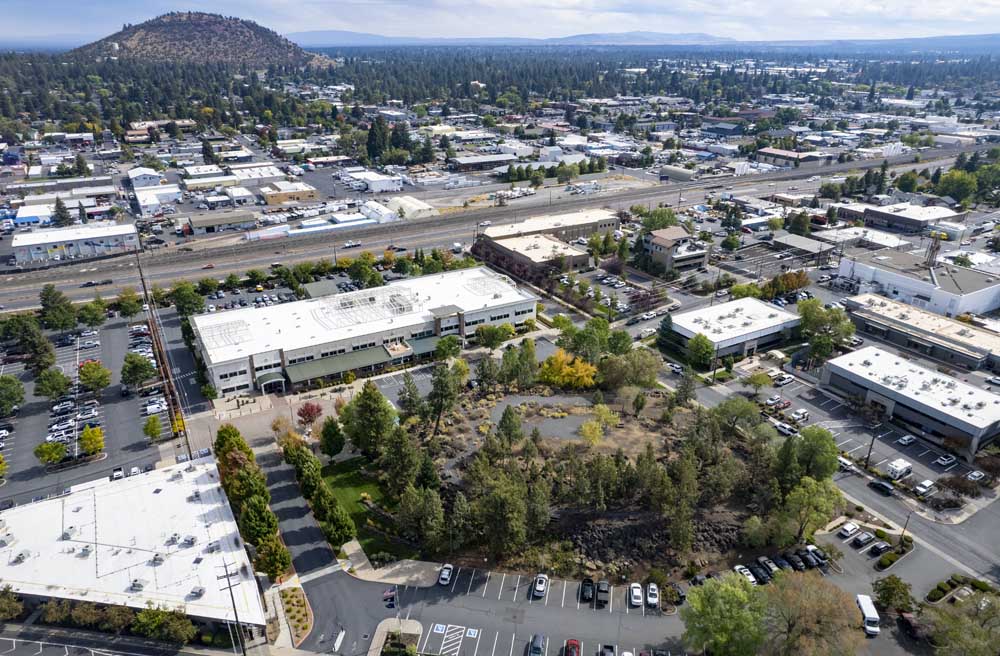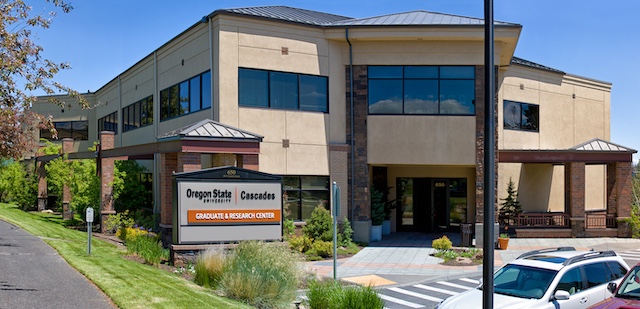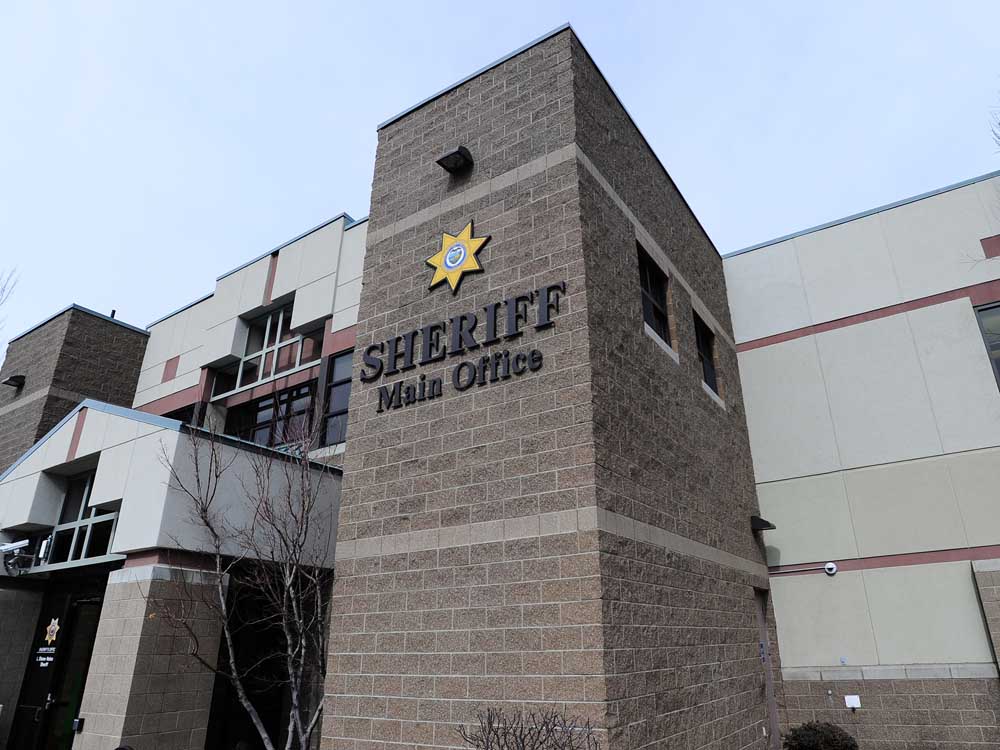10 Bend neighborhoods could become climate friendly areas for development
Published 5:15 am Thursday, December 14, 2023

- An aerial view of Bend in September 2022 from the north end of downtown.
The city of Bend wants to encourage residents to walk, bike or bus their way around the city to reduce carbon emissions.
Its recently released Climate Friendly Areas plan is designed to make that more feasible.
Trending
The initiative is meant to address state-mandated rules that require cities to encourage the development of walkable neighborhoods. The rules — required for cities that have populations greater than 5,000 people — are designed to improve transportation links and street connectivity, as well as make code changes that encourage mixed-use development and housing.
Bend has identified 10 candidates that could become climate friendly areas, most of them strung along busy roads including Third Street and U.S. Highway 20. Downtown Bend, the Bend Central District and the central west side were also identified.
Jennifer Knapp, a senior planner with the city of Bend, said the idea is to set the stage for developing a mix of properties for businesses, housing, parks and schools that can be reached on foot.
“The overall intent is to reduce greenhouse gases through limiting vehicle miles traveled,” said Knapp.
“Climate-friendly areas are one way to do that because ideally, people will be living, working and able to walk to amenities that they use on a daily basis. So it would reduce the number of times that they would have to use a vehicle.”
The city of Bend will need to comply with the state’s rules, but it has several years to make changes related to the new land use regulations, said Knapp. Areas of the city will change over decades, so the wholesale toppling of city blocks or big box stores to make way for redevelopment is not to be expected.
Trending
“This is a long-range planning effort, which usually happens over 20 years, so we are talking about a long process for places to evolve into a nice walkable area,” said Knapp.
Some changes that could be made include wider sidewalks and better bike infrastructure along with land use changes to open the door to more mixed-use properties. Incentives can be offered to private investors to encourage walkable developments.
“If there are structures and incentives and codes in place that broaden their opportunities then they may choose to do something that is different from just another box store,” said Knapp.
“That might mean allowing mixed-use; that might mean allowing stand-alone residential; it might mean being more flexible with neighborhood commercial, things like that,” she said.
Knapp said not all study areas will be selected because the city only needs enough land to build housing on around 275 to 350 acres. The study areas currently total 1,600 acres. The city requires that many acres to accommodate 15,366 housing units, which will meet current and projected housing needs, said Knapp.
Bend’s climate friendly areas study will be submitted for approval to the state of Oregon by Dec. 31.
The city will then narrow down the field of candidate areas based on community input and the analysis in the study.
The designations will occur by 2025 at the earliest.
A presentation of the study is scheduled to be given at a City Council work session at 5 p.m. Wednesday. More information about the climate friendly areas, including maps of which areas may be included, can be found on the city’s website, under the link to Projects & Initiatives at the top of the homepage.
Council approves Bend’s densest development: Timber Yards, 1,600 units on old KorPine site








